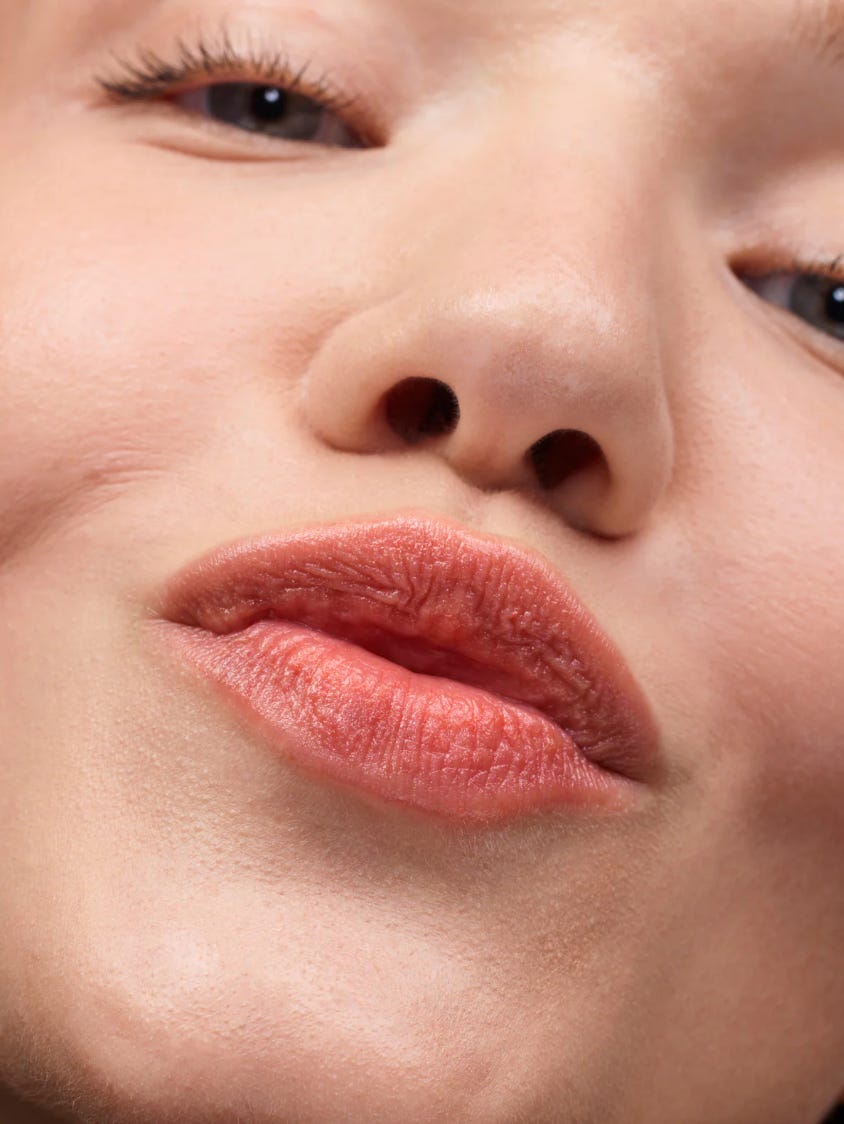This newsletter is the second part in a series on basic SEO principles that every e-comm site should master. The first part, on developing a content strategy, is here. If you have any specific SEO questions, don’t hesitate to reach out! I’m always looking for ideas for future newsletters.
What is alt text?
Alt text is short copy associated with an image that describes and contextualizes that image for vision-impaired users (and Google!). Once you’ve assigned a piece of alt text to an image on your website, it gets baked into that image’s code as an attribute so that people using screen readers or text-to-speech apps can find and read it. Alt text makes online images accessible to everyone.
How does alt text help my site?
Let’s start with accessibility. Making your site accessible is not only the right thing to do - it’s also a legal requirement in the US, thanks to the Americans With Disabilities act. Alt text ensures that vision-impaired browsers can understand your site’s images, which is critical on highly visual e-comm sites. (Alt text is just one integral part of ADA compliance - here is a great guide on what else is needed to be compliant, specifically written for e-comm sites.) Accessibility is also important for mobile users or people in poor-reception areas who may have images turned off on their device. And let’s be honest - it’s just good business sense to give everyone all the information needed to potentially buy your products.
Alt text is also incredibly beneficial for your site’s SEO. Well-written alt text helps Google understand and contextualize the images on your site, which is especially important if heavy on images and light on copy - typically the case for e-comm sites. Without alt text, Google’s search bots literally have no idea what the images on your site actually are. If you have hundreds of pictures of women’s heels on your website, and you want to show up in searches for those type of terms, then you’re doing yourself a huge favor by taking the time to write alt text.
How do I actually write this stuff?
The goal of good alt text is to clearly and succinctly describe an image as it appears. You aren’t trying to pack your alt text with keywords or brand-related backstory. (Although, as always, if a relevant keyword naturally fits in - great! We love that.) Alt text should also be brief: although there are not technical limits in place, extremely long alt text descriptions can be burdensome for people using screen readers. 140 characters is a great limit to keep in mind.
Let’s look at examples of good alt text. All images are pulled from Glossier:
For the image above, you’d want to say something like:
“Close-up of a tube of Glossier Balm Dotcom laying on a wood surface surrounded by purple and green figs, some whole and some cut open.”
Remember, we’re not trying to overstuff alt text descriptions with relevant keywords. But, in this case, the product’s name is visible in the image so it’s fine to reiterate it - since the goal is to describe what can actually be seen.
For this image, I’d say something like “Extreme close-up of a woman's face shot from below. She is pursing her lips in a smile and wearing a light pink lip gloss.”
You may be tempted to include the phrase “Balm Dotcom” here - and I am too, it’s a cute phrase! - but remember, we’re not stuffing our alt text with keywords. We’re describing and using relevant phrases only as they fit in. This is how you balance accessibility with best-possible SEO practices.
If your site has a ton of images and you’re not sure how to prioritize a copywriting project like this: be not afraid! Start with what is feasible for you, and make alt text a running priority for your brand’s website updates. Here’s how I would prioritize which images to write alt text for:
All homepage images
The first image in every product carousel
All images on bestselling products
Any blog images, or other high-traffic pages that draw organic traffic (reference Google Analytics to figure this out!)
BONUS: how do I implement alt text in Shopify?
There are several ways you can add in alt text in Shopify - at the theme, product page and file levels. Here’s a pro tip: if you add in alt text at the file level, it carries over to every instance the image is used on-site. This is your best bet for getting alt text updated quickly and smoothly. Here’s how to do it:
Navigate to Content —> Files
Click into the image you’d like to add alt text to
Scroll down to the “Alt text” box, add in your copy, and hit “Save”
It’s as easy as that! Now, anywhere that image is used - the homepage, product pages, blog posts, etc - it’ll have alt text.
🌟🌟Exciting launch news!🌟🌟
I now offer a Power Hour Consult service! This consult is for fashion, beauty and home goods brands run by soloists or small teams who use Shopify as their e-comm platform.
If you’re feeling stalled on the e-comm, marketing or SEO facets of your business, I can help. Sometimes, what you really need is another set of (strategic, action-oriented) eyes to help you move through a business roadblock. I’m that person!
If you have questions or are interested in booking - hit that reply button and reach out, or get in touch via my website! 🌟
Want to learn more? Interested in working together? Get in touch with me here.




